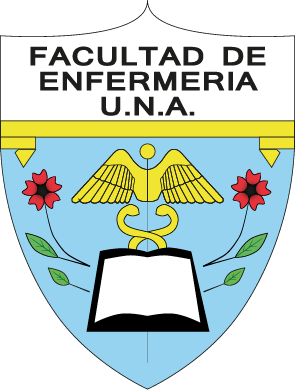Australian Institute of Architects Client and Architect Agreement 2009
The Australian Institute of Architects (AIA) Client and Architect Agreement 2009 is a comprehensive legal document that outlines the terms and conditions for architectural services in Australia. This agreement is designed to protect both clients and architects by clearly defining the scope of work, responsibilities, and obligations of each party.
The AIA Client and Architect Agreement is a vital part of any construction project, as it provides a legal framework for the design and construction process. This agreement is particularly useful in situations where multiple parties are involved, such as in large commercial or institutional projects, where there may be multiple stakeholders with competing interests.
One of the key features of the AIA Client and Architect Agreement is its flexibility. The agreement can be tailored to suit the specific needs of any project, whether it be a new building, renovation, or extension. This flexibility means that clients and architects can agree on a scope of work that is appropriate for the project, and that meets the client’s needs and budget.
Another important aspect of the AIA Client and Architect Agreement is its focus on sustainability and environmental responsibility. The agreement includes a section on sustainability, which requires the architect to consider environmental factors when designing the project. This includes issues such as energy efficiency, water conservation, and sustainable materials.
The AIA Client and Architect Agreement also includes provisions for dispute resolution. This is an essential feature of any legal agreement, as it provides a mechanism for resolving conflicts that may arise during the construction process. The agreement outlines a range of options for dispute resolution, including mediation and arbitration.
In conclusion, the Australian Institute of Architects Client and Architect Agreement 2009 is a comprehensive legal document that is essential for any construction project in Australia. It provides a clear framework for the design and construction process, protects the interests of both clients and architects, and promotes sustainability and environmental responsibility. As a copy editor, it is essential to ensure that all contracts and legal documents are free of errors and well-written to convey the intended message to all parties involved in the project.
Publicado: 14 febrero, 2023

